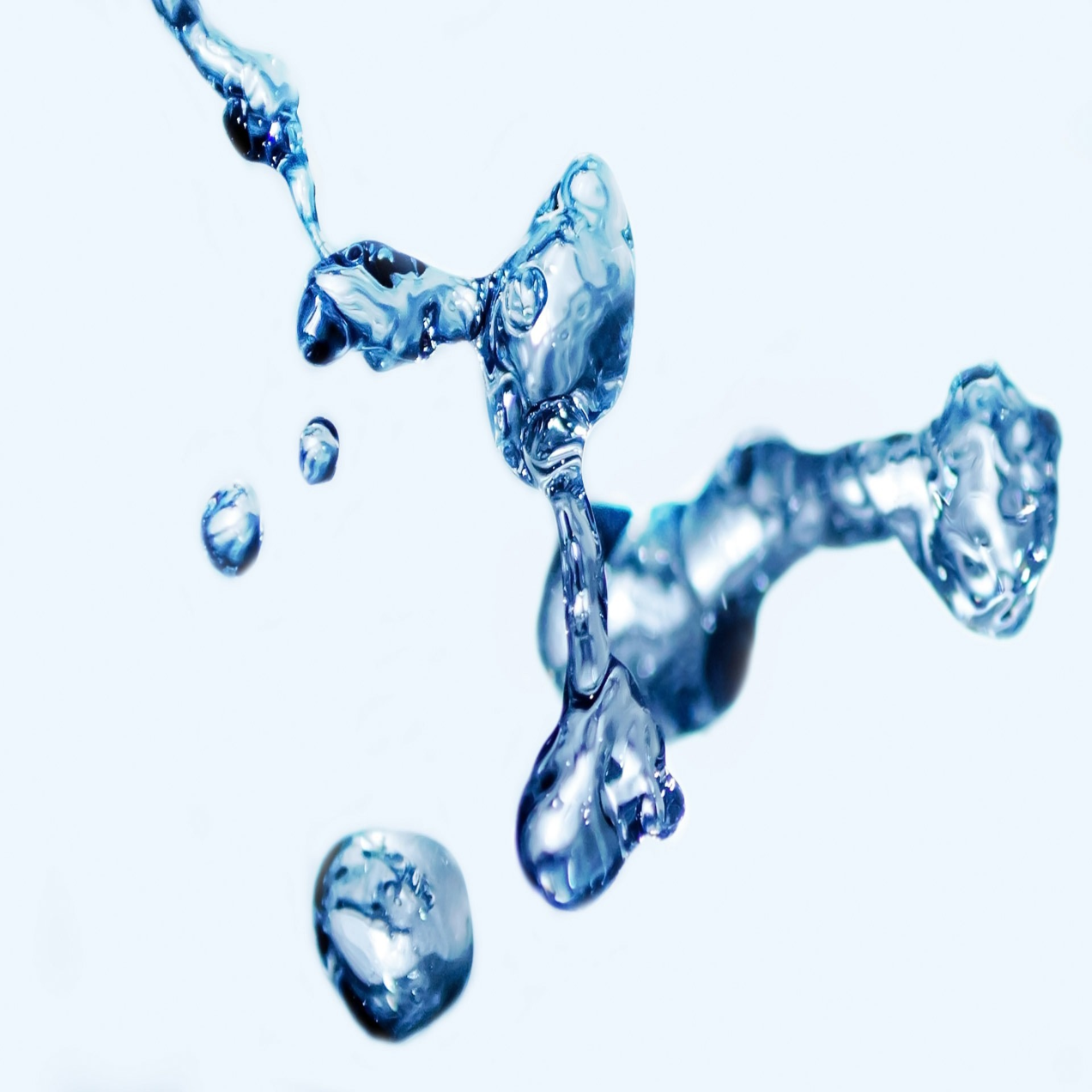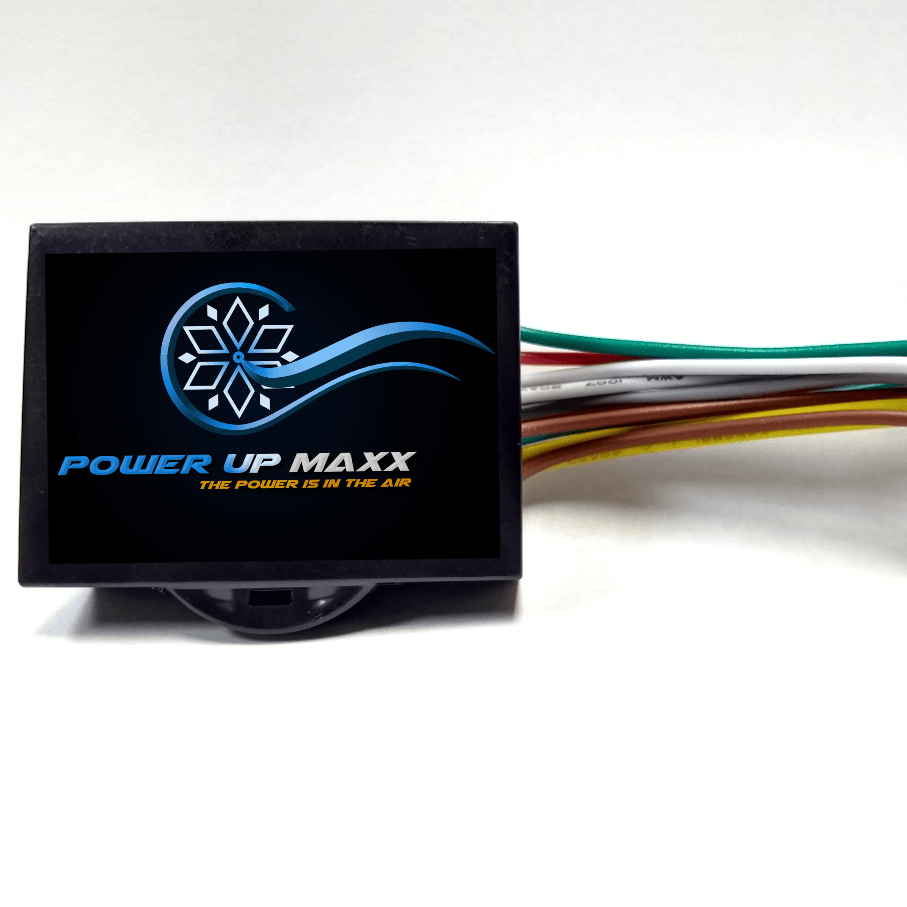Welcome to Power Up Maxx
Introducing
Power Up Maxx
Your HVAC system can account for up to 70% of your total monthly energy bill. What if a simple one-time treatment could help it run up to 20% more efficiently??
We are proud to introduce our exclusive HVAC treatment to improve the efficiency and life of your HVAC system - Power Up Maxx! Power Up Maxx allows your A/C system to run BETTER THAN NEW.
As soon as we complete the treatment, your HVAC system will be unleashed to produce colder colds and warmer warms! The end result is faster and fewer cycles = $$$ saved!
Including Power Up Maxx in your solar proposal allows us to offer the same overall energy offset for less!
Don't qualify for solar and still want to save? Contact us to learn more about treating your HVAC system!
| Features | ||
|---|---|---|
| ✓ One-Time Treatment | ✓ Safe for All HVAC Systems | ✓ Eliminates Oil Fouling |
| ✓ Lifetime Warranty | ✓ Intertek Tested | ✓ Increases HVAC Efficiency up to 20% |
| ✓ Fast & Easy Install | ✓ Proprietary Technology | ✓ Does Not Void Warranty |
What Is Oil Fouling?
-
Introduction
Most air conditioning and refrigeration systems have a mechanical compressor which relies upon lubricating oil to function. During the normal course of the refrigeration process, ½% to 8% of the compressor’s lubricating oil is circulated throughout the system along with the refrigerant. Since the early days of refrigeration and air conditioning technology, the American Society of Heating, Refrigeration and Air-Conditioning Engineers (ASHRAE) have addressed the results of this oil fouling1. This oil fouling arises because the compressor oil builds up on the metallic walls of the refrigeration tubing reducing the heat transfer from the refrigerant to the walls of the refrigerant tubing.
-
Effects on Heat Transfer
Oil fouling of the heat transfer surfaces of air conditioning and refrigeration systems will cause a loss of efficiency of the air conditioning or refrigeration system. This loss is about 7% after the first year, another 5% after the second year, and a further 2% per year the following years2.
This loss will continue to accumulate until equilibrium is reached between flow force and adhesion (surface tension). At this point the oil boundary layer formed has achieved its maximum thickness, producing maximum loss of efficiency. Usually, the efficiency degradation will peak somewhere between 25% and 30%. Published information by ASHRAE confirms these observations: performance is degraded by as much as 30% due to the build-up of lubricants on internal surfaces3. Higher percentages up to 40% have been observed in systems 20 years old or older.
The losses in efficiency are independent of the type of system. These physical principles apply equally to air conditioning units in automobiles, through the wall room coolers, domestic split systems, walk in refrigerators and freezers, commercial and industrial split and duct systems, and chillers (both air cooled and water cooled).
-
Effects on the System
Any migrating oil in any refrigeration or air conditioning system is costly, in power consumption, money, and lost time spent on maintenance and repairs.
Equipment suppliers may state that in a particular system, migrating oil concentration has been reduced to only one percent. The one percent being referred to is one percent of the total oil volume. If a compressor has 128 fluid ounces (3.8 litre) of oil, then at one percent, 1.28 ounces (38 ml) is flowing through the system at any given time. Since a capillary tube, oil pressure switch, or expansion valve and the entire length of heat exchanger tubing can be fouled with a few milligrams of oil, when one percent of any oil charge is flowing constantly through the system, the system will become fouled with oil.
-
Managing the Problem
The oil that finds its way into the system must somehow be managed4. The question then becomes how to manage this troublesome oil. Some of the techniques used by manufacturers to control migrating oil include the use of mechanical devices such as separators, skimmers, drums, heat sources, suction risers, traps, and pumps. According to ASHRAE’s Handbook, these high-tech designs are not efficient enough to prevent the oil from travelling through the system and subsequently sticking to the inside of the tubes. Most of this oil can be removed from the stream by an oil separator and returned to the compressor. Coalescing separators are far better than separators using only mist pads or baffles; however, even they are not 100% effective. Although the mechanical solutions may reduce the problems of restricted or plugged capillary tubes or sticky expansion valves, they do not resolve the boundary layer fouling over time5.
-
The Solution
The thermal transfer efficiency loss can be resolved by a non-invasive synthetic refrigerant additive compound that defeats and releases the surface tension forces6. It is this Van Der Waals force that causes the compressor oil globules to adhere to each other and then to refrigerant tubing walls, forming the oil fouling7. Such an additive can defeat the surface tension by tightly bonding to the metal surfaces in a layer that is one molecule thick and thereby prevent the recurrence of oil contamination on the heat transfer surfaces. The release of the oil contamination restores the lost 25% to 30% thermal transfer efficiency. An added benefit is that the capillary tubes and expansion valves are also cleaned and protected from future fouling.
A quality synthetic refrigerant additive is compatible with all refrigerants and oils in common use in domestic, transportation, commercial, and industrial systems.
-
Financial Benefits
Mechanical devices which can ease oil fouling typically yield improvements in energy efficiency by 2% to 5%, with a return on investment (ROI) of three to ten years. A synthetic refrigerant additive that can defeat the surface tension of the oil can provide an energy efficiency improvement of 15% to 35%. Depending on electricity costs and usage, this typically yields a simple ROI of under 36 months.
An additional benefit is that because the system is operating with less stress it will require less annual maintenance charges (AMCs). Although this is hard to quantify, the reduction in these charges can be expected to be also 15% to 25%.
-
Conclusion
The usage of a synthetic refrigerant additive presents a radical shift from the view that established methods of working are always correct. The new technology is gaining acceptance due to the information published by ASHRAE and numerous authenticated case studies.
1. ASHRAE Handbook, Refrigeration, Chapter 3.6.
2. ASHRAE Handbook, Refrigeration, Chapter 2.9.
3. A Survey of Refrigerant Heat Transfer and Pressure Drop Emphasizing Oil Effects and In-Tube Augmentation;” ASHRAE Winter Symposium of 1987; Schlager, Pate, and Bergles.
4. ASHRAE Handbook, Refrigeration, Chapter 2.9..
5. “The role of lubricants in refrigeration compressors is to reduce friction, prevent wear and also to act as a seal between the high and low pressure sides of the compressor. In the rest of the system, however, the presence of lubricants acts as a contaminant which reduces the system efficiency.” Ulf Jonsson, Division of Machine Elements, Luleå University of Technology, S-971 87 Luleå, Sweden.
6. This Product previously referred to as a synthetic refrigerant catalyst. The term synthetic refrigerant additive (SRA) is now considered more appropriate. ( It is not a catalyst).
7. The powerful surface tension forces – Van Der Waals force – are 10^39 times stronger that gravity.
Our Solutions

Make Your HVAC Run Like New
- A synthetic refrigerant additive that eliminates oil fouling
- Provides an energy efficiency improvement up to 20%!
- One-Time Treatment
- Lifetime Warranty
- Safe for All HVAC Systems – Does Not Void Warranty

Maximize Your Savings
- Install includes Power Up Maxx Liquid
- Smart chip installed on your air handler
- Adjusts HVAC blower to stay on after the compressor stops to continue to move the max amount of air conditioned air through the home
- Increases efficiency and reduces the number of cycles required during a given period
- Saves an average of 14.8% of HVAC cooling costs and 11.8% of heating costs.*
*testing verified by Intertek and PG&E Utility Company
All Rights Reserved | Powered By InTheVisual Marketing | Powered Up Sol | Privacy Policy



